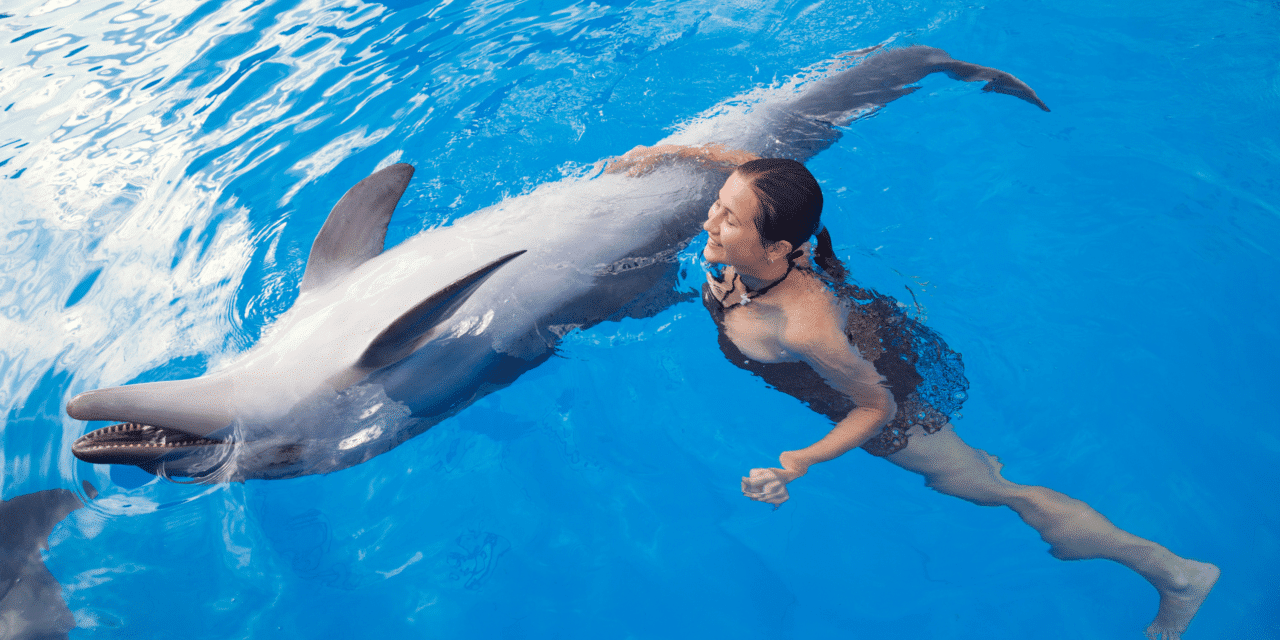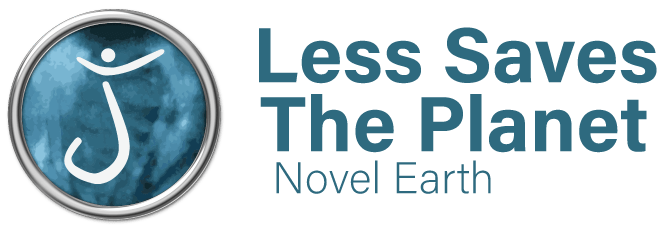
Dolphin Assisted Therapy

Throughout time, the human-animal bond has evolved. At first, animals were used for work then they became pets and now they help in therapy.
Since the 1970s, new therapeutic practices, involving the interaction between humans and dolphins, have developed. Dolphin Assisted Therapy (DAT) or Dolphin Therapy generally involves the patient swimming and playing with dolphins for a multisensorial interaction. It can happen either in the sea or pool.
Benefits of DAT include increased stimulation, better memory, increased motor skills, accelerated healing and an increase in a person’s well-being. Other benefits as well are reduced stress, pain, and depression. It has been targeted for children and adults with psychomotor, cognitive, personality and communication disorders as well as conditions such as:
- Autism
- Dyslexia
- Phobia
- Depression
- Cystic fibrosis
- Rett syndrome
- Trisomy or Down syndrome
- PTSD
Other health disorders can be the reason for dolphin therapy like deafness, blindness, attention deficit, anorexia, or cancers.
DAT have a positive impact on the patient’s mood. Therefore, it really helps improving attention deficit or anxiety. In terms of physical benefits, swimming in the water with an animal should reduce any pain related to physical wounds or drug addiction.
It mostly focuses on mental, emotional, and physical well-being. Studies have shown that being in contact with animals aids with any intellectual, physical or social disorders.
Healing with animals
Animal-assisted therapy and other animal-assisted activities is becoming a habit as it allows people to enjoy and relax.
It has been proven than pets are essential in the development of children. It improves their empathy, their ability to feel and receive unconditional and wholesome love. Having pets influences them to get a sense of responsibility.
Zootherapy is a professional therapeutic process in which patients gain self-confidence for inner reconstruction and growth. In France, it still needs more introduction as it is only done in nursing home for now.



















